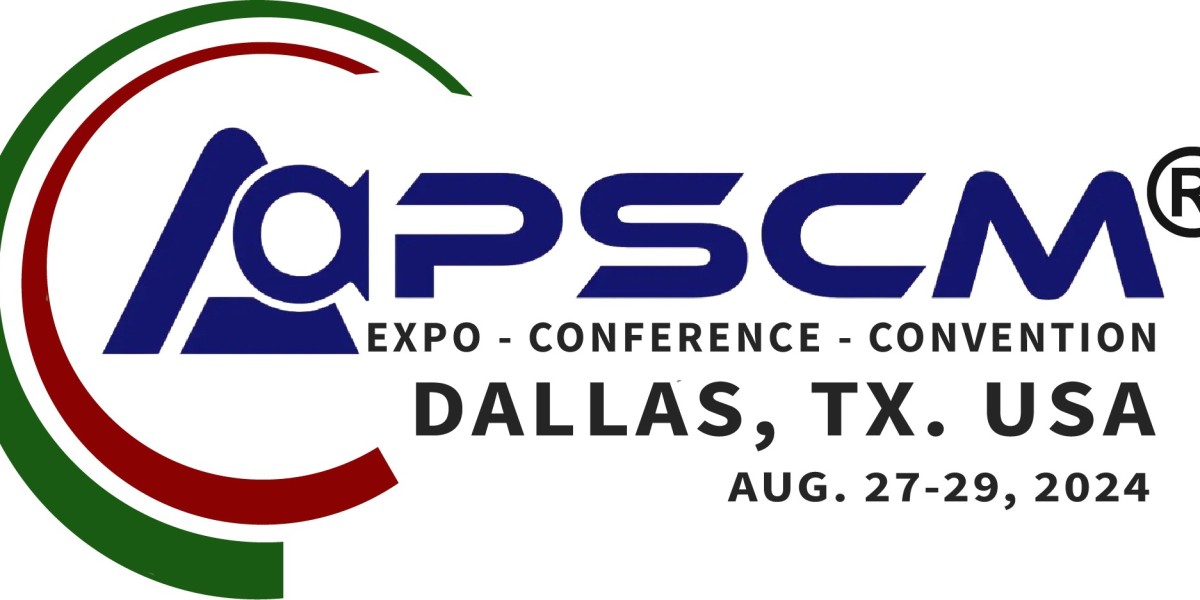In today's global marketplace, supply chains are the lifelines of businesses, encompassing intricate networks that connect suppliers, manufacturers, distributors, and customers. Optimizing these supply chains is crucial for businesses aiming to enhance efficiency, reduce costs, and meet evolving consumer demands. Let's delve into the realm of supply chain optimization and explore key strategies to streamline operations.
Understanding Supply Chain Optimization
Supply chain optimization involves maximizing the efficiency of every stage in the supply chain, from sourcing raw materials to delivering the final product to consumers. It aims to minimize waste, reduce lead times, optimize inventory, and improve overall performance.
Key Strategies for Supply Chain Optimization
Data-Driven Decision Making: Leveraging data analytics and technology-driven solutions enables businesses to make informed decisions. Advanced analytics provide insights into demand patterns, inventory levels, and market trends, facilitating proactive adjustments and optimizations.
Collaborative Relationships: Building strong relationships with suppliers, manufacturers, and distributors fosters collaboration and transparency. Collaborative planning, forecasting, and replenishment (CPFR) practices enhance efficiency and responsiveness throughout the supply chain.
Inventory Management and Demand Forecasting: Implementing robust inventory management systems and accurate demand forecasting tools minimizes excess inventory while ensuring products are available when needed. This helps prevent stockouts and reduces carrying costs.
Process Standardization and Automation: Standardizing processes and embracing automation streamlines operations, reduces errors, and improves efficiency. Automation technologies, such as robotics and AI-driven systems, enhance accuracy and speed in various supply chain activities.
Risk Management and Resilience: Developing contingency plans and risk mitigation strategies protects supply chains from disruptions. Diversifying suppliers, creating backup logistics routes, and implementing agile response protocols build resilience against unforeseen events.
Technology as a Catalyst for Optimization
The integration of cutting-edge technologies plays a pivotal role in supply chain optimization:
Blockchain: Employing blockchain technology ensures transparency, traceability, and security in supply chain transactions, enhancing trust among stakeholders.
Internet of Things (IoT): IoT devices enable real-time tracking of goods, monitoring conditions during transit, and optimizing inventory levels by providing accurate data.
Artificial Intelligence (AI): AI-driven predictive analytics and machine learning algorithms facilitate demand forecasting, route optimization, and inventory management, optimizing decision-making processes.
Supply Chain Management (SCM) Software: Utilizing SCM software streamlines operations, enabling end-to-end visibility, process automation, and data-driven insights for informed decision-making.
Benefits and Outcomes of Supply Chain Optimization
Successful supply chain optimization yields numerous benefits:
Cost Reduction: Streamlining operations minimizes unnecessary expenses and reduces operational costs.
Improved Customer Service: Optimized supply chains ensure timely deliveries and enhanced customer satisfaction.
Enhanced Agility: Increased flexibility allows businesses to respond swiftly to market changes and customer demands.
Sustainability: Optimization strategies often lead to reduced waste, lower emissions, and more sustainable practices.
For More Info:-
Procurement Strategies America








